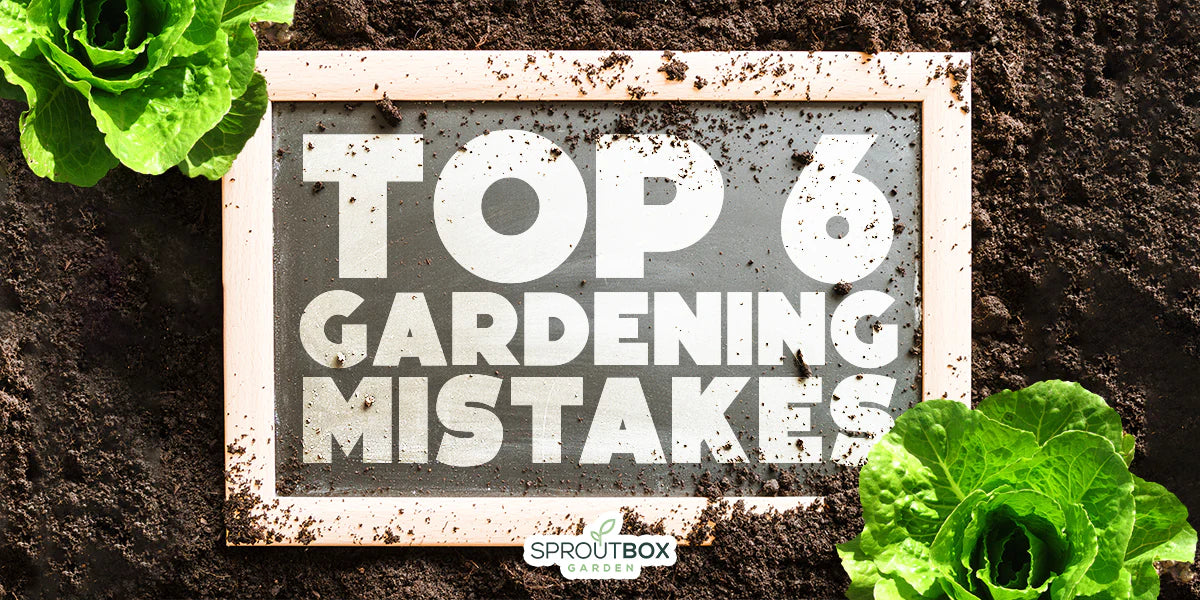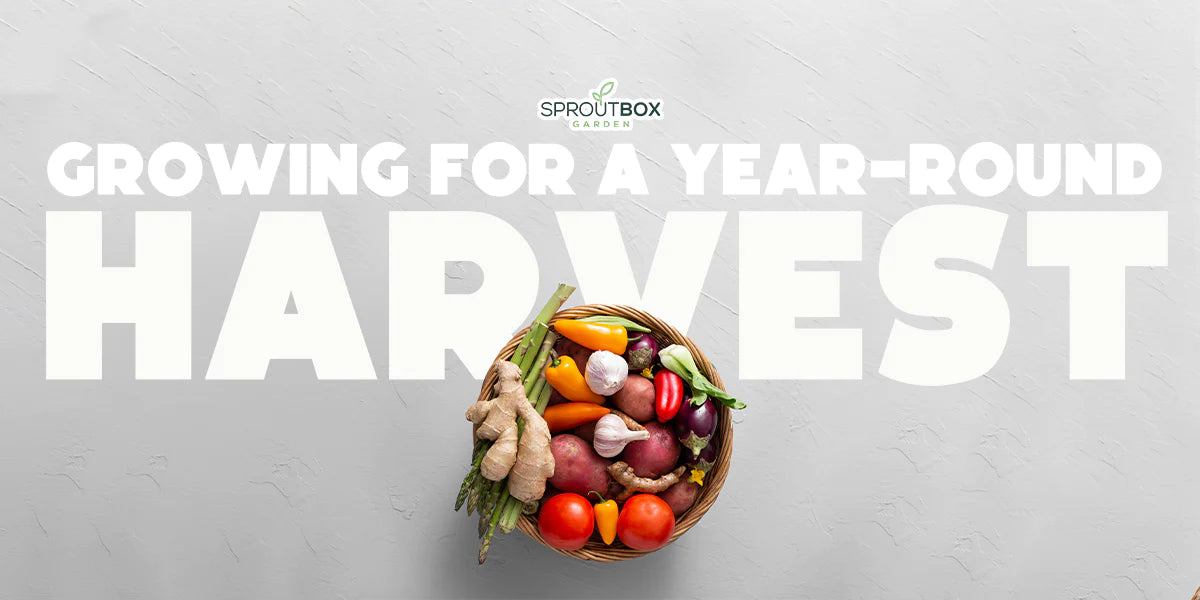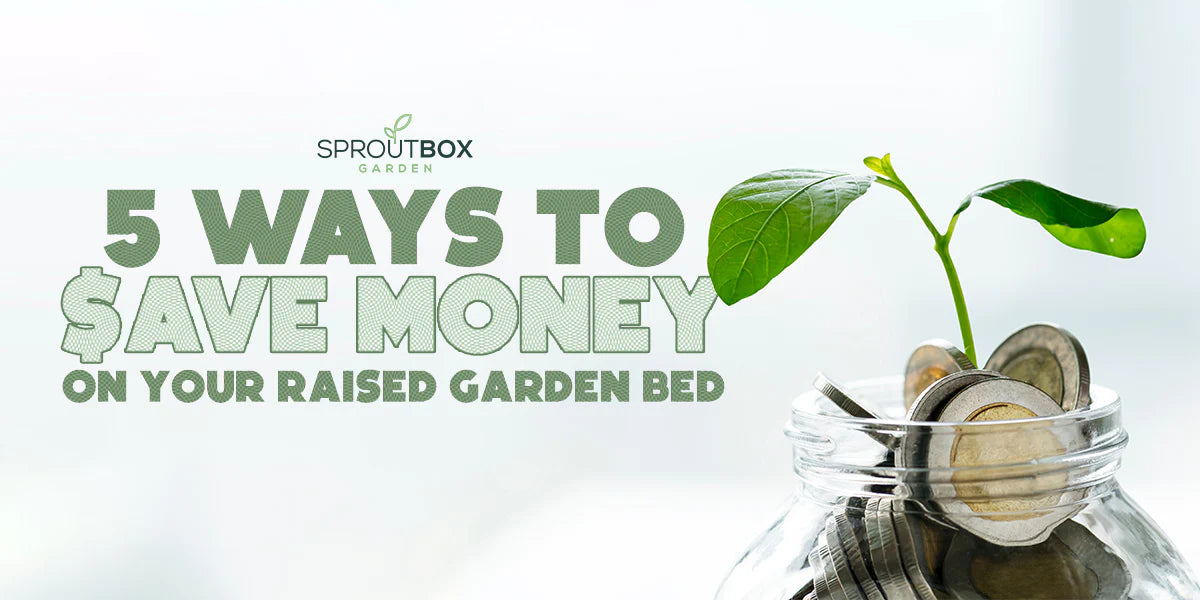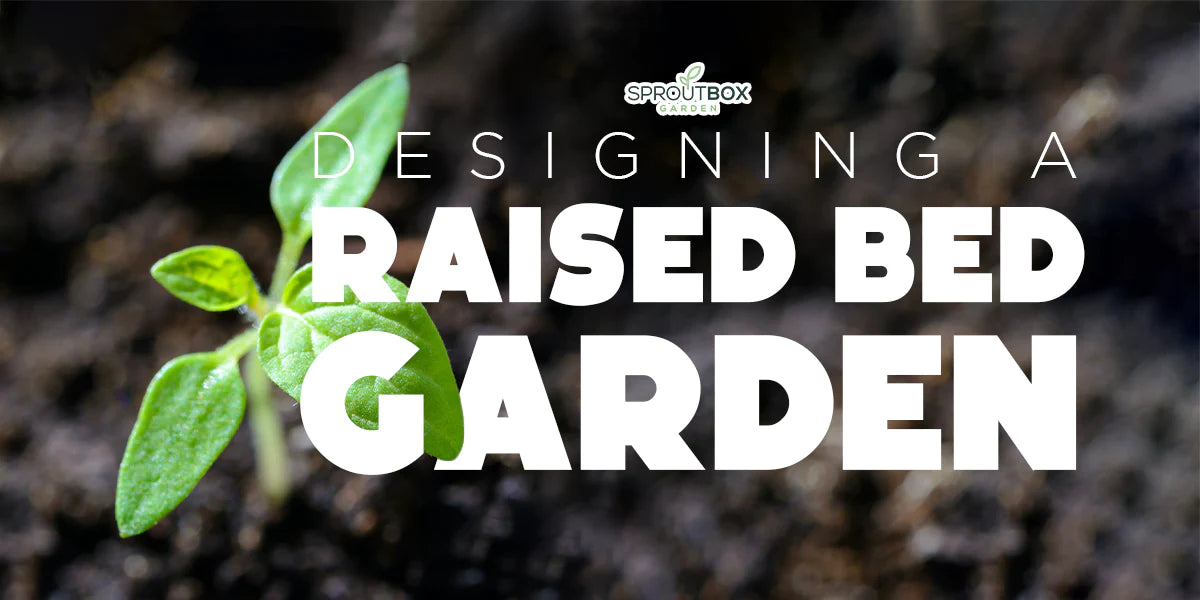July 25, 2024
Basil Basics: A Complete Guide to Growing, Caring for, and Harvesting Basil
Basil is a versatile and aromatic herb that can enhance your culinary creations and bring a touch of green to your garden. Whether you're a beginner or an experienced gardener, this guide will take you through everything you need to know about growing, caring for, harvesting, and dealing with pests and diseases that might affect your basil plants.
1. Getting Started: Planting Basil
Choosing the Right Variety
Basil comes in several varieties, each with its unique flavor and use. Some popular types include:
-
Sweet Basil: The classic variety used in Italian cuisine.
-
Thai Basil: Known for its spicy, licorice-like flavor.
-
Lemon Basil: Offers a citrusy twist perfect for salads and fish dishes.
-
Purple Basil: Adds a splash of color and a slightly spicier flavor.
Planting Options
You can start basil from seeds, seedlings, or even those grocery store basil plants. Here’s how to get started with each:
-
Seeds: Start basil seeds indoors 6-8 weeks before the last frost date, or sow them directly into the garden after the danger of frost has passed. Basil thrives in well-draining, nutrient-rich soil with a pH of 6.0-7.0 and needs full sun, at least 6-8 hours a day. Sow seeds 1/4 inch deep and space them 12-18 inches apart to allow for proper air circulation and growth.
-
Seedlings: If you prefer a head start, purchase seedlings from a nursery. Transplant them into your garden or a pot, ensuring they have the same soil and light conditions mentioned above. Dig a hole slightly larger than the root ball, place the seedling in, and firm the soil around it.
-
Grocery Store Plants: Those potted basil plants from the store can be a bit finicky because they are often overcrowded and grown under optimal conditions that may be hard to replicate at home. When you bring one home, gently separate the crowded plants into individual ones and replant them in a larger pot or directly into your garden. This gives each plant enough room to grow and thrive. Also, be aware that these plants might need a little extra TLC as they adjust to their new environment.
Using Metal Raised Beds
Starting your herb garden with a metal raised bed is a great way to grow basil. Raised beds offer excellent drainage, reduce the risk of soil-borne diseases, and make it easier to control soil quality. Plus, they elevate your garden, making it more accessible and easier to manage. Metal raised beds are particularly durable and can withstand various weather conditions, protecting your basil plants from pests and harsh elements.
2. Caring for Your Basil Plants
Watering
Consistency is key when watering basil. The soil should stay moist but not waterlogged. Deep, regular watering helps develop a strong root system. Applying a layer of mulch around your basil plants can help retain soil moisture and keep the roots cool.
Fertilizing
Feed your basil plants with a balanced, all-purpose fertilizer every 4-6 weeks during the growing season. Organic options like compost or fish emulsion can provide a natural nutrient boost. Avoid over-fertilizing, which can lead to less flavorful leaves.
Pruning and Pinching
Regularly pinch off the top sets of leaves to encourage bushier growth and prevent the plant from flowering too early. When flowers do appear, trim them back to keep the plant focused on producing flavorful leaves. Pruning also helps improve air circulation and reduces the risk of disease.
3. Harvesting Basil
Knowing when and how to harvest basil can make a big difference in flavor and plant health. The best time to harvest is in the morning when the essential oils are at their peak. Cut the stems just above a pair of leaves, and always leave a few sets of leaves on the plant to encourage new growth. Fresh basil can be stored in a glass of water on your countertop or wrapped in a damp paper towel in the refrigerator. For long-term storage, consider drying or freezing the leaves.
4. Common Pests and Diseases
Pests
-
Aphids: These tiny insects can be removed with a strong spray of water or by introducing beneficial insects like ladybugs.
-
Japanese Beetles: Handpick these pests off your plants and dispose of them in soapy water.
-
Slugs and Snails: Use diatomaceous earth or copper tape around your plants to deter these slimy pests.
-
Earwigs: These nocturnal insects can cause significant damage to basil plants. A mixture of water and a few drops of Dawn dish soap can be sprayed directly on earwigs. The soap breaks the surface tension on their bodies, effectively suffocating them.
Diseases
Basil is generally a hardy plant, but it can still fall prey to certain diseases:
-
Downy Mildew: Look for yellowing leaves and a fuzzy grayish growth on the underside. Improve air circulation and avoid overhead watering to prevent this disease.
-
Fusarium Wilt: This soil-borne fungus causes wilting and yellowing of the leaves. Rotate crops and use disease-resistant varieties to manage this issue.
-
Leaf Spot: Caused by various fungi and bacteria, leaf spot presents as dark, water-soaked lesions. Remove affected leaves and ensure proper spacing to reduce humidity around the plants.
Growing basil can be a rewarding experience that enhances both your garden and your kitchen. Whether you start from seeds, seedlings, or those grocery store plants, following these steps from planting to harvesting will help you enjoy a bountiful supply of this aromatic herb. Keep an eye out for pests and diseases, and take the necessary steps to care for your plants properly.
Starting with a metal raised bed can make the whole process easier and more effective, offering a controlled environment that protects your basil from common issues. For more gardening tips and tricks, be sure to check out the rest of our blog at Sproutbox Garden. Sign up for our email community and get $35 off your first order of metal raised garden beds and other gardening essentials!
Happy gardening!






